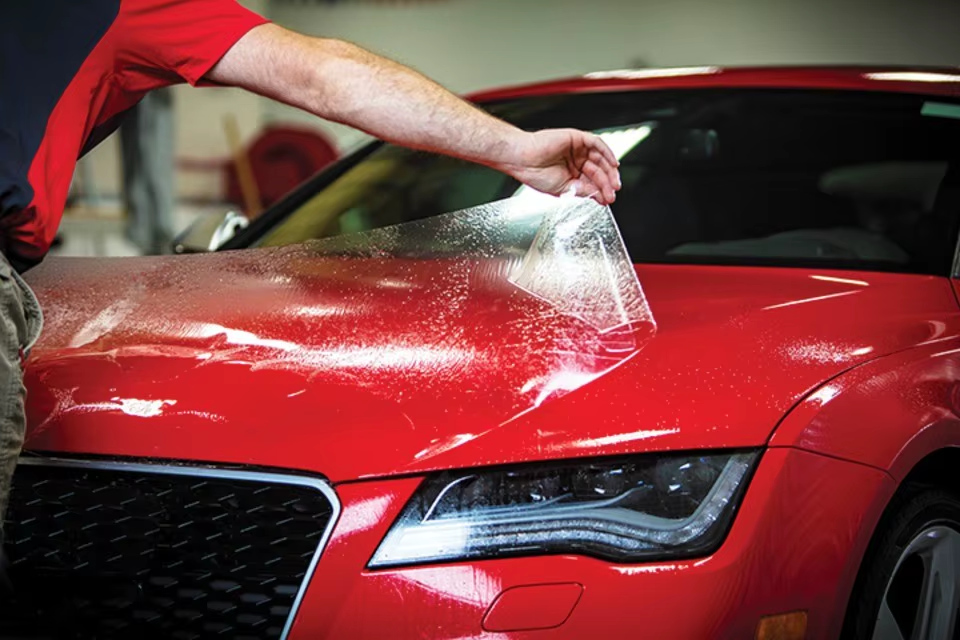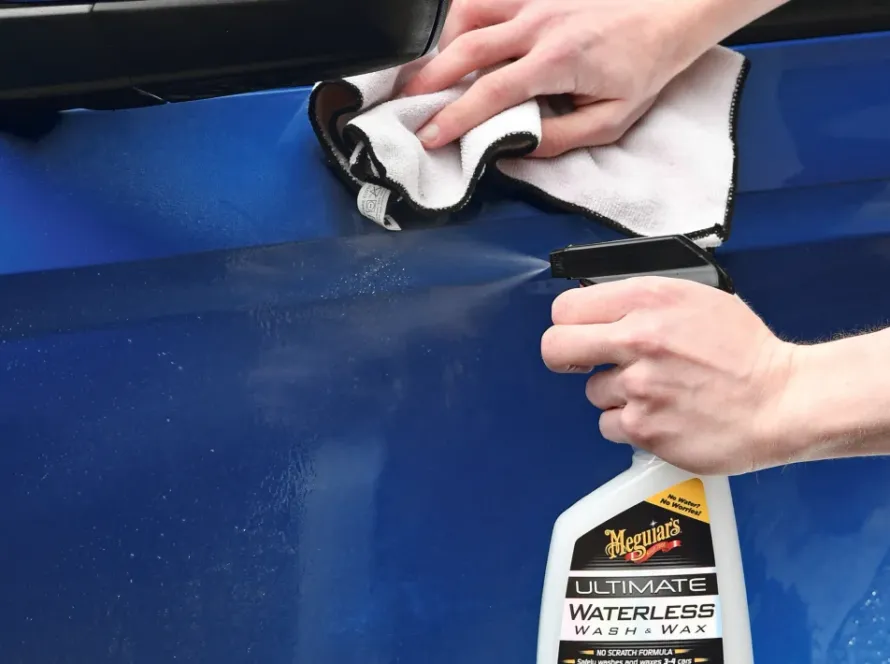How Paint Protection Film Works(PPF)
Car paint is vulnerable to chips, scratches, and road debris. That’s why many enthusiasts and daily drivers turn to paint protection film (PPF). But how does PPF actually work?
PPF is a clear urethane film that acts as a sacrificial barrier between your vehicle’s paint and the outside environment. Unlike wax or ceramic coating, it provides physical protection against impact damage. According to the automotive protection industry, over 40% of new car buyers now choose PPF for high-impact areas like bumpers, hoods, and fenders.
The Science Behind PPF
1. Multi-Layer Urethane Film
PPF is made from durable thermoplastic urethane. It’s flexible enough to stretch over curves yet strong enough to absorb impacts.
2. Adhesive Backing
The film bonds directly to the clear coat without damaging paint. High-quality films are virtually invisible once applied.
3. Self-Healing Properties
Modern PPF has self-healing technology. Minor scratches and swirls disappear when heat (sunlight or warm water) is applied.
4. Hydrophobic Top Layer
Many PPFs include a slick top coat that repels dirt, water, and contaminants, similar to ceramic coatings.
Benefits of PPF
- Impact Resistance: Shields paint from rocks, gravel, and road debris.
- Scratch Protection: Reduces damage from keys, brushes, or light scrapes.
- UV Resistance: Prevents fading and oxidation.
- Invisible Shield: Clear, glossy, and doesn’t alter paint color.
- Long-Term Value: Lasts 5–10 years with proper care, helping preserve resale value.
Where to Apply PPF
While you can apply film to the entire car, most owners focus on high-impact areas:
- Front bumper
- Hood and fenders
- Side mirrors
- Door edges and handles
- Rocker panels
This strategic coverage reduces costs while protecting the most vulnerable spots.
Final Thoughts
Understanding how PPF works shows why it’s one of the most advanced paint protection methods available. By absorbing impacts, resisting scratches, and offering self-healing properties, PPF ensures your vehicle maintains its showroom look for years to come.
Frequently Asked Questions (FAQ)
What is paint protection film (PPF)?
It’s a clear urethane film that protects car paint from chips, scratches, and road debris.
How does PPF work?
It acts as a physical barrier, absorbing impacts that would otherwise damage your paint.
Is PPF the same as ceramic coating?
No. PPF provides physical protection, while ceramic coating protects against UV rays, chemicals, and oxidation.
Does PPF really self-heal?
Yes. Heat from sunlight or warm water can make minor scratches fade.
How long does PPF last?
High-quality PPF lasts 5–10 years depending on care and exposure.
Can PPF be applied to any car?
Yes. It can be custom-cut and installed on nearly any make or model.
Does PPF affect car paint color?
No. It’s transparent and nearly invisible when applied correctly.
Is PPF worth the cost?
Yes. It prevents costly paint repairs and maintains resale value.
Can PPF and ceramic coating be combined?
Yes. Many detailers apply ceramic coating over PPF for maximum protection.
How do I maintain PPF?
Wash regularly with pH-neutral soap and avoid harsh chemicals or abrasive tools.
Supporting Topics You May Like
- Best Places to Install PPF
- Paint Protection Film vs Ceramic Coating
- How Long Does Ceramic Coating Last?
- Eco-Friendly Products for Auto Detailing
- Safety Tips for Engine Detailing




